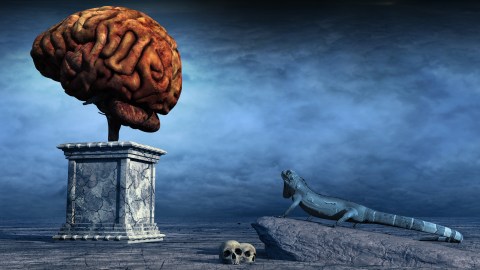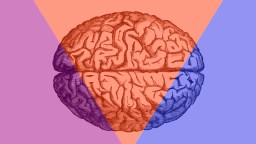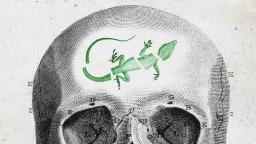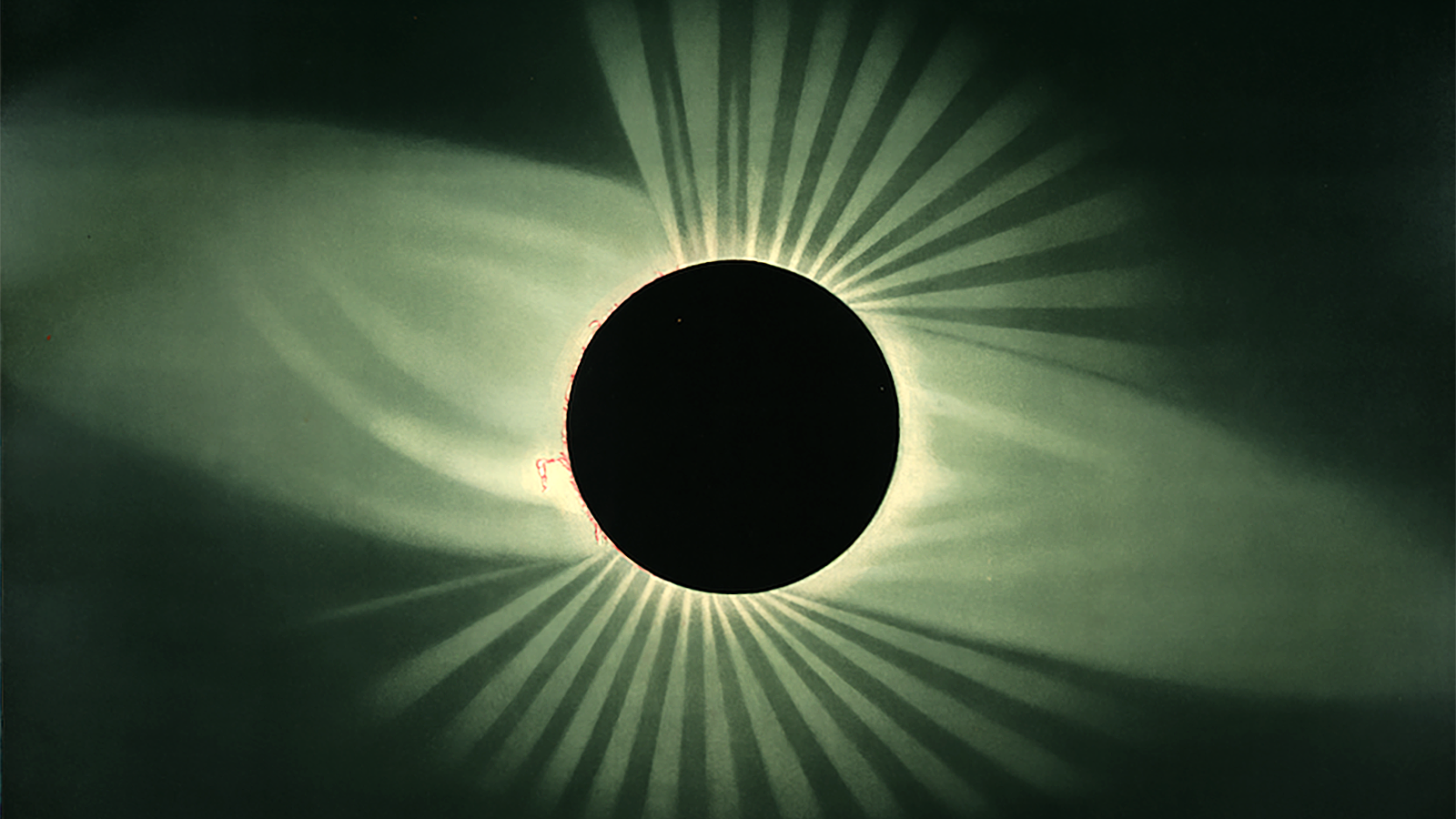What Carl Sagan got very wrong about the human brain

- Science communicator and astrophysicist Carl Sagan was, and to this day is, generally regarded as an honest and skeptical broker of scientific information.
- However, in his Pulitzer Prize-winning book, The Dragons of Eden, Sagan endorsed a disputed theory of human brain evolution, suggesting that humans have a “reptilian” brain deep within our minds.
- The idea has since been roundly disproved, but the myth that humans have a reptile brain persists almost certainly thanks to Sagan’s problematic popularizing.
Gifted science communicator and astrophysicist Carl Sagan won the coveted Pulitzer Prize for nonfiction writing just once, but it wasn’t for his universal classic Cosmos, nor his visionary book Pale Blue Dot, nor his timeless tome The Demon-Haunted World. Instead, Sagan won for his relatively less-well-known book The Dragons of Eden, in which the physicist went out of his lane to speculate on the evolution of human intelligence.
Published in 1977, Dragons was widely hailed by critics from conventional media sources as a “delight” sure to fascinate readers. Some scientifically trained reviewers were decidedly less glowing, however.
“This book is crammed full of fascinating bits of information, intriguing theories, humor, vision, and some caustic observations about society as a whole,” Virginia Tech philosophy of science professor Joseph Pitt wrote in the journal Human Ecology. “What it does not contain is intellectual balance and rigor.” What drew Pitt’s ire in particular was that Sagan spent a significant portion of the book trumpeting a little-known, out-there theory from Yale University physiologist and psychiatrist Paul D. MacLean.
Triune brain theory
In his triune brain theory, MacLean argued that the human brain evolved layer by layer. The deepest portion, responsible for functions like movement and breathing as well as instincts like hunger, survival, and mating, originated from our ancient reptilian ancestors. The second layer, the limbic system, controls emotional responses and arose in more recent mammalian ancestors. The third and final layer, the cerebral cortex, allows for language and reasoning and only arose in humans.
As Pitt noted in his review, the triune brain theory was well outside the mainstream of scientific thinking when Sagan wrote The Dragons of Eden.
“Sagan has produced a rather bizarre theory about the reptilian ancestry of our brain, and he has developed the rest of his discussion around this idea without any indication of the status of the theory. He cites just enough people who have worked with these ideas to create an atmosphere of respectability, but he fails to indicate what objections there are, what alternative theories might have to offer, or the general degree of the theory’s acceptance by physiologists, psychologists, or anthropologists.”
Carl Sagan was, and to this day is, generally regarded as an honest and skeptical broker of scientific information. That he presented such a disputed theory essentially as fact to the lay public is a bit surprising. What’s more, Carl Sagan continued to push the theory three years later in his far more widely read book, Cosmos. He wrote:
“Deep inside the skull of every one of us there is something like a brain of a crocodile. Surrounding the R-complex is the limbic system or mammalian brain, which evolved tens of millions of years ago in ancestors who were mammal but not yet primates. It is a major source of our moods and emotions, of our concern and care for the young. And finally, on the outside, living in uneasy truce with the more primitive brains beneath, is the cerebral cortex; civilization is a product of the cerebral cortex.”
Reptile brain debunked
In the decades since Sagan told his trusting readers that they have reptilian brains, the idea has been roundly disproved. Brain scans clearly show that the brain’s functions aren’t compartmentalized as MacLean theorized. Moreover, the idea fundamentally misunderstands evolutionary biology. As species diversified from their common ancestors, “complex nervous systems and sophisticated cognitive abilities evolved independently many times,” scientists explained in a 2020 review article debunking the reptile brain myth.
Another take down came in the form of a study published in 2022 in the journal Science. Researchers compared the brains of lizards and mice to see if similar neurons in both species were concentrated in certain areas of the brain. Countering the triune theory, they found that these neurons were scattered all over. There was no clear “reptilian” portion of the mammalian brain.
Unfortunately, all this information has not yet made it into many textbooks. The authors of the aforementioned 2020 review sampled 20 introductory psychology textbooks published between 2009 and 2017 and found that 86% contained at least one inaccuracy suggesting that our brains are layered as MacLean theorized.
We may very well have Carl Sagan to thank for that. If not for his nuance-lacking popularizing, the notion that humans have a reptile mind buried deep within the recesses of our brain likely would have remained confined within academia, eventually to be thrown out with relatively little fanfare as scientific evidence relegated it to wrongness. Instead, MacLean’s triune brain theory remains a tenacious and widespread myth.





